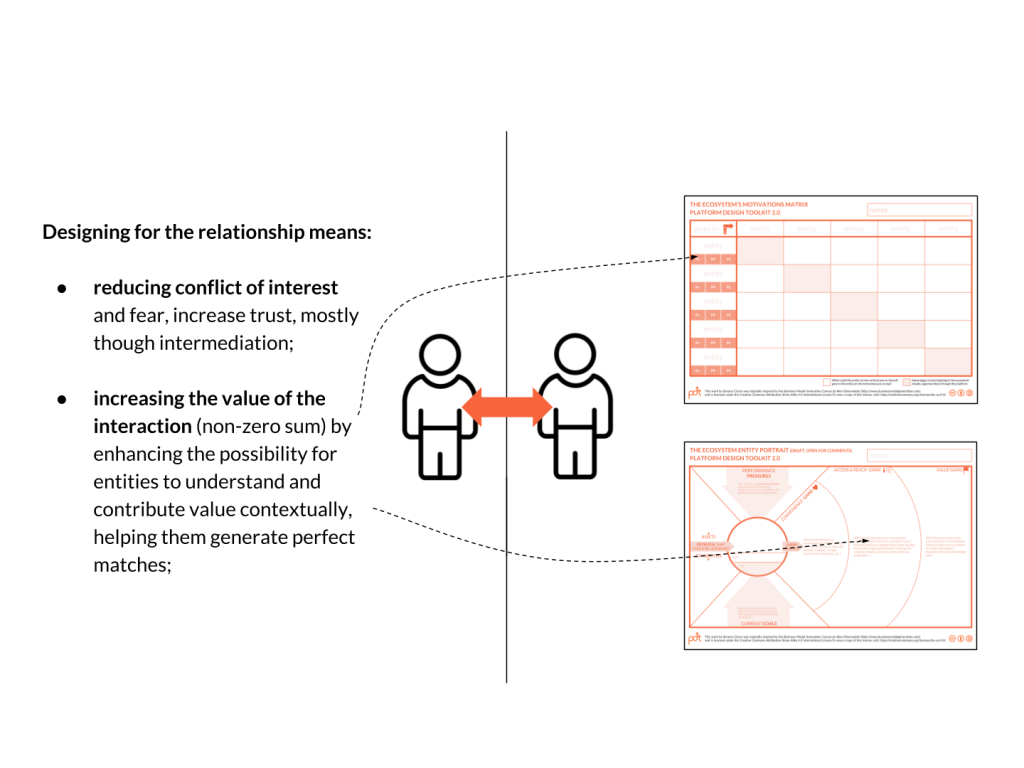Cultural entities encompass a complex internet of individual relationships, associations, and interconnectedness that collectively type the fabric of societies. At their primary, the idea of cultural entities acknowledges that individuals don’t occur in solitude; fairly, they are integral components of a broader network formed by national, familial, and societal factors. This complex tapestry of contacts runs beyond mere particular relationships, encapsulating the various communities, areas, and institutions to which people belong.
Knowledge cultural entities requires delving in to the dynamics of individual relationship and the reciprocal influences that shape behavior, values, and values. These entities range from small, romantic circles such as for instance families and buddy organizations to greater societal structures like educational institutions, workplaces, and ethnic organizations. Each social entity represents a unique role in surrounding an individual’s identification and influencing their worldview.
The exploration of social entities often requires understanding the combined norms, rituals, and distributed activities that bind individuals together. These entities function as platforms for socialization, providing contexts wherever people learn, collaborate, and set up a feeling of belonging. In essence, social entities would be the blocks of neighborhoods, causing the formation of collective identities and the sign of national heritage across generations.
As social beings, humans understand a sophisticated interplay of relationships within these entities, fostering a feeling of neighborhood, support, and discussed purpose. The relationships formed within cultural entities donate to the growth of social capital—a valuable reference that facilitates cooperation, effort, and overall societal well-being. From the microcosm of particular friendships to the macrocosm of global sites, social entities shape the way in which individuals understand themselves and their functions in the broader human tapestry.
More over, social entities aren’t fixed; they evolve over time, sending societal changes, technological advancements, and moving ethnic landscapes. The interconnected character of cultural entities becomes particularly evident in the electronic era, where on the web areas and virtual sites increase the possibilities for connection and influence.
The research of social entities is multidisciplinary, pulling ideas from sociology, psychology, anthropology, and other fields. Experts examine matters such as cultural identity principle, social networks, and party makeup to solve the elaborate styles of individual association. By examining the structures and operates of social entities, scholars gain a deeper knowledge of societal Dich vu Entity , collective behaviors, and the influence of social entities on specific well-being.

In conclusion, social entities serve because the foundational components of individual communities, encompassing the delicate relationships and systems that join people together. The exploration of these entities involves delving in to the makeup of human interaction, knowledge the influences that shape our identities, and recognizing the vital role they play in fostering a feeling of neighborhood and belonging. As our understanding of cultural entities remains to evolve, it offers important insights in to the complexities of individual contacts and the methods where we collectively shape the entire world we inhabit.
